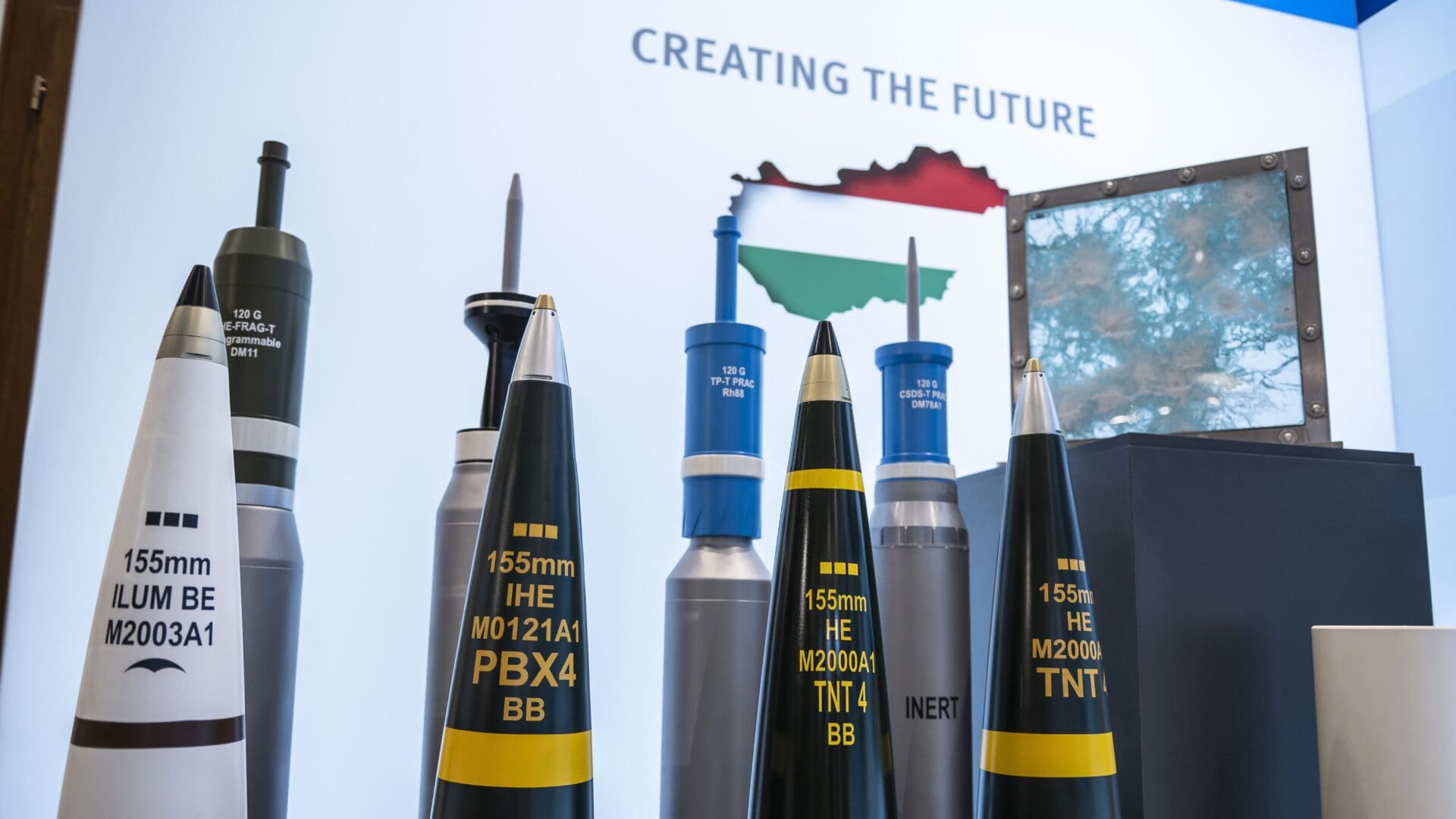In the early days of March, POLITICO reported on an EU blueprint that envisages the sending of yet another considerable supply of ammunition to Ukraine. Of a broader EU military aid package, €1 billion would be dedicated specifically to providing Ukraine with ammunition, mostly artillery shells. The EU is also considering ramping up ammunition production domestically to meet the increasing appetite for bullets on the war-torn continent.
The proposal would have member states provide Kyiv with ammunition by incentivising them ‘a favourable reimbursement rate, for instance up to 90%, given the extreme urgency and the depletion of Member States’ stocks.’ The money that pays for the weapons and ammunition donations comes from the European Peace Facility, ‘an off-budget instrument aimed at enhancing the Union’s ability to prevent conflicts, build peace and strengthen international security, by enabling the financing of operational actions under the Common Foreign and Security Policy (CFS).’ Last year, when the reimbursement rate on weapon offers to Ukraine fell below 50 per cent, some of the European countries were no longer motivated to continue supplying arms to Kyiv. Else then supply Ukraine from their own available stocks, 25 EU member states plus Norway also grouped together and are now considering purchasing ammunition jointly.
Racing to Meet Ukrainian Weapons and Ammunition Needs
The EU proposal highlighted the need for quick action as although European ammunition manufacturers are now working at full capacity, due to the high demand for bullets, prices are still rapidly increasing. The EU blueprint also allows for countries that wish not to participate in sending weapons to Ukraine to opt out of supplying ammunition and supporting the effort with monetary means. Hungary that has made it clear that it is not going to supply weapons to Ukraine is most likely to opt out of this scheme as well.
A couple of weeks before the EU’s proposal came out, Polish President Andrzej Duda and Joe Biden also discussed ways in which the US and Poland could supply more ammunition to Ukraine. The military industrial complex is intensifying its production in the US, too, as currently Ukraine burns up more bullets than what the US and NATO are able to produce. The Scranton Army Ammunition Plant, for instance, that produces 11,000 artillery shells a month, now needs to expand its production as Ukraine uses up that amount within just a couple of days. According to CNN, the US Army is planning a 500 per cent increase in its artillery production, increasing output from 15,000 rounds a month to 70,000.
While both the US and the EU are struggling to meet Ukraine’s need for ammunition, the question of depletion of NATO stocks is a worrying one. Already in late 2022, US military experts warned that NATO is running dangerously low on ammunitions stocks. Currently, Europe’s monthly artillery production is around 20,000 – 25,000 shells, which roughly equals the amount both sides use up in a couple of days in the Russo-Ukrainian war. While NATO requirements are that nations have one month worth of ammunition reserves, Germany is believed to have only around two days’ worth of ammunition in stock.
Given the current rate of production, for the US it would take two to three years to go back to the level of stockpiles of ammunition it used to have before the war. Stocks are depleting at such rates that NATO Secretary-General Jens Stoltenberg warned that waiting time on orders placed for some large-calibre munitions increased so much that some orders placed today will only be delivered in two years’ time.
Hungary Continues to Strengthen Its Military
While the military of some NATO member states have been weakening, the Hungarian military has been strengthening over the past years. While in 2017 the Hungarian army was ranked only 63rd on the Global Firepower’s annual military Power Index, by 2023, the Hungarian defence forces moved up to the 54th place. In other words, Hungary has the 20th strongest army in Europe, and the third strongest in the region after Romania and the Czech Republic. As part of the modernisation of the Hungarian military, which has resulted in the improved ranking, Hungary purchased new, state-of-the-art equipment and increased its national manufacturing capacities. The expansion of manufacturing also includes ammunition production. The ammunition factory in Várpalota is expected to start producing 30 mm calibres by 2024, and 120 and 155 mm calibres by 2025.








